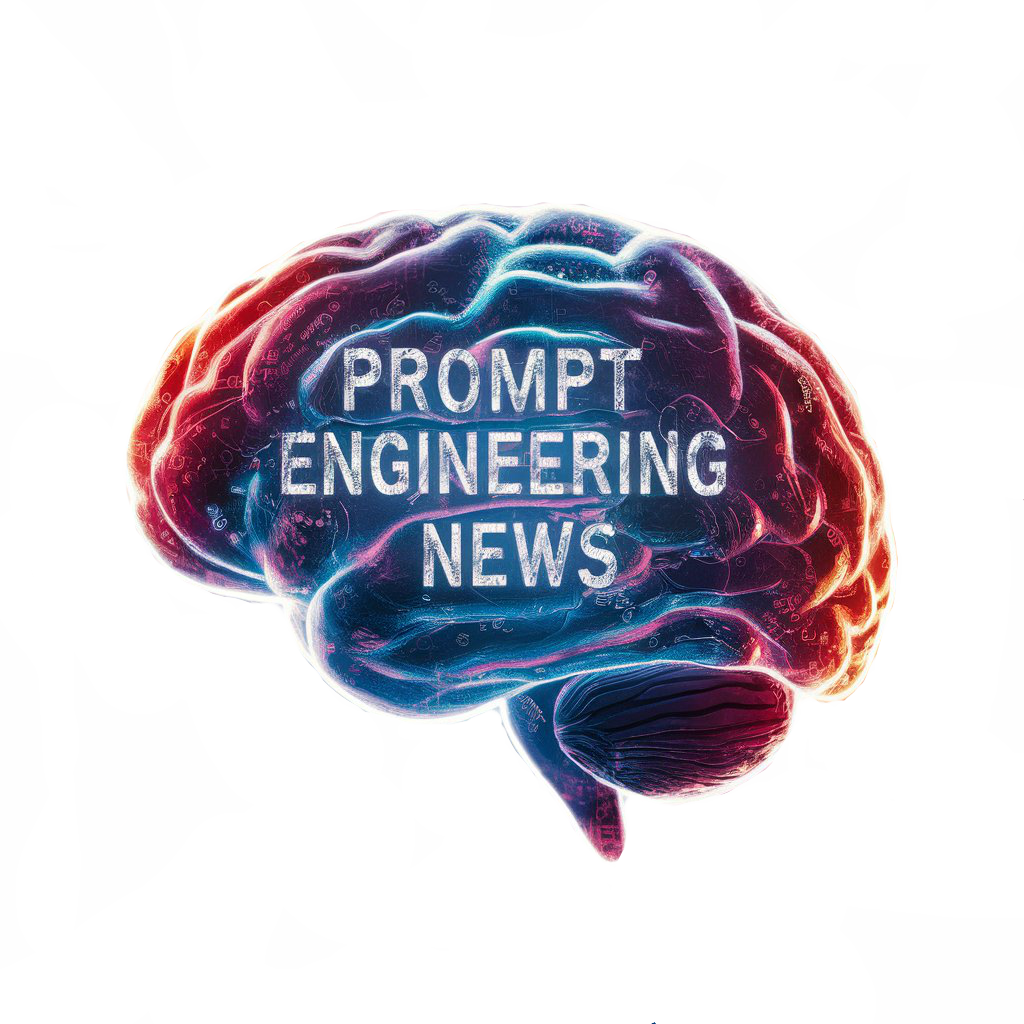Generative AI models are a category of artificial intelligence algorithms that are designed to generate new content, data, or information based on patterns learned from training data. These models have gained popularity for their ability to create realistic images, text, music, and other forms of media. Some well-known generative AI models include Generative Adversarial Networks (GANs), Variational Autoencoders (VAEs), and Transformers.

Generative Adversarial Networks (GANs) are a powerful class of generative models that consist of two neural networks – a generator and a discriminator. The generator network produces new samples or content, while the discriminator evaluates the generated samples against real data. This adversarial training process leads to the generation of high-quality and realistic outputs. GANs have been widely used in image synthesis, video generation, and style transfer applications. One example of GANs in action is ThisPersonDoesNotExist, a website that showcases images of non-existent, AI-generated faces created by a GAN model.
Variational Autoencoders (VAEs) are another type of generative model that learns latent representations of data and uses them to generate new samples. VAEs are encoder-decoder architectures that aim to map input data into a latent space and then reconstruct it from the latent representation. These models are popular for image generation, anomaly detection, and data compression tasks. An example of VAEs in use is the Google Magenta project, which explores the intersection of art and machine learning by generating music and other creative content using VAEs.
Transformers are a class of neural network architectures that have revolutionized natural language processing tasks. These models use self-attention mechanisms to capture long-range dependencies in text data and generate context-aware outputs. Transformers have been used in language translation, text summarization, and conversational AI applications. One prominent example of Transformers is OpenAI’s GPT-3 (Generative Pre-trained Transformer 3), a language model known for its human-like text generation capabilities.
While generative AI models offer exciting possibilities for creating new content and solving complex tasks, they also come with their own set of pros and cons. Some of the advantages of generative AI models include their ability to generate diverse and realistic outputs, learn complex patterns from data, and provide creative solutions to problems. However, these models also face challenges such as interpretability issues, training data biases, and ethical concerns regarding the misuse of generated content.
In conclusion, generative AI models have the potential to revolutionize various industries and applications by enabling the creation of novel content and innovations. Understanding the differences and strengths of well-known generative AI models like GANs, VAEs, and Transformers can help researchers, developers, and practitioners leverage these models effectively in their projects and initiatives.
Some well-known generative AI models include:
- Generative Adversarial Networks (GANs) – These models are used to generate new, realistic data by training a generator network to create fake data and a discriminator network to distinguish between real and fake data. An example of a GAN-based model is Nvidia’s GauGAN, which generates realistic landscapes and cityscapes from text descriptions (https://www.nvidia.com/en-us/research/project-pages/gaugan/).
- Variational Autoencoders (VAEs) – These models are used to generate new data by learning the distribution of input data and then sampling from that distribution. An example of a VAE-based model is OpenAI’s DALL-E, which generates images from text descriptions (https://openai.com/dall-e/).
- Recurrent Neural Networks (RNNs) – These models are used to generate sequential data such as text, audio, and video. An example of an RNN-based model is Wikipedia’s GPT model, which generates human-like text based on previous text (https://en.wikipedia.org/wiki/Wikipedia:Live_editor/).
- Transformers – These models are used to generate text by learning the relationships between words and sentences in a text corpus. An example of a transformer-based model is Google’s BERT, which is used to generate more natural language responses in Google search (https://ai.googleblog.com/2018/10/announcing-next-steps-in-our-journey.html).


